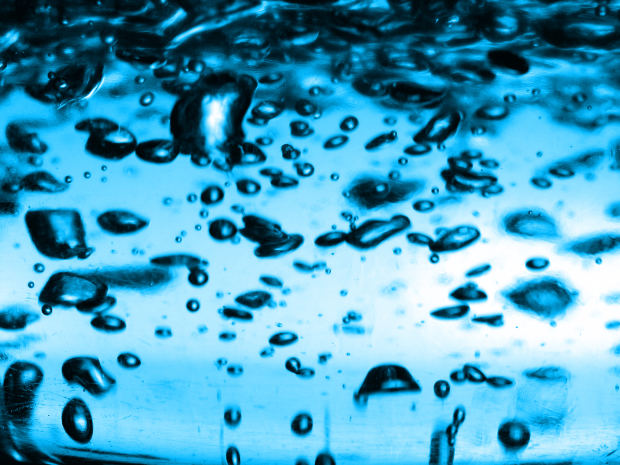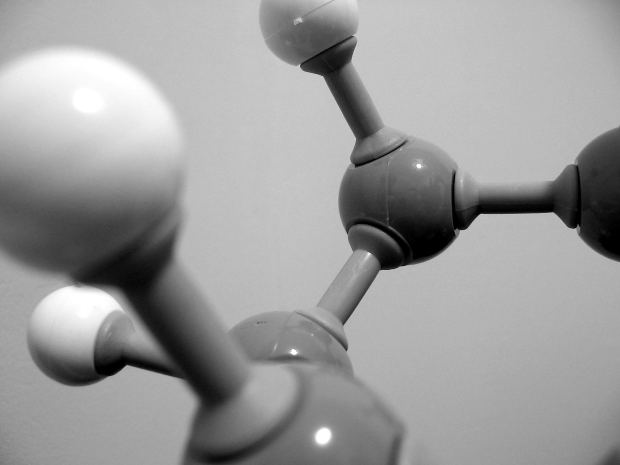 Loading... Please wait...
Loading... Please wait...Save Money. Grow Your Own!
Fast Plain Box Shipping.
We ship to the US & Canada.
Grow Your Own!
Handing Your Hydroponic Water: Guide for Beginners
Posted on 11th Apr 2016
If you're new to hydroponics, even the most simple aspects of the process can be intimidating. How do you get to where you want to be when you need to nourish plants? How do you get good water into your hydroponics system and keep that water fresh?

At first, it takes a lot of trial and error. You have to kind of learn from experienced professionals or others who have a lot of practical hands-on experience raising plants. Here are some basic ideas.
Introducing Clean, Pure Water
From the very first time you introduce water into your hydroponics area, it should be as pure as possible. In this business, we often talk about total dissolved solids -- this number helps you to know how much of various impurities are in the water. The new water should have a very low number of total dissolved solids. Growers often experiment with the following:
- getting distilled water
- filtering water through a reverse osmosis filter
- getting slightly chlorinated water or less chlorinated water
- buying outside water rather than using tap water
Monitoring Total Dissolved Solids (TDS)
Over time, you have to look at how certain kinds of items build up in your water.
This requires knowledge of something: total dissolved solids. This number tests the strength of your nutrient solution and helps you make choices about water purity.
Keep your total dissolved solids around 500 to 700 ppm for young plants, a little bit higher for vegetating veg phases, and maybe just about 1000 parts per million for flowering. You may have to add certain amounts of fertilizer.
Keep in mind that your GDS can’t be too high, because plants might not digest nutrients correctly, but if you don't have enough in the water, that's a problem.
PH Values
pH value is another thing you have to look at it when you’re keeping an eye on hydroponic water. Yes, water has to be clean and it has to have the right amount of nutrient mix, but it also has to have the right overall chemistry.

You might have heard of pH values or be familiar with the idea that liquids have a certain acidity or alkalinity. This is extremely important in hydroponics, and it's something that growers always look at along with total dissolved solids.
In order to handle pH value, growers have the following items in their tool box:
- small litmus strips for testing pH
- more developed pH testing kits
- pH solutions like pH up and pH down
Get in there and check the reservoir on a regular basis. Plants need to have around 5 to 7 pH in order to thrive. You don't want to high of an acid factor, or too much of a base.
Growers should be checking the pH regularly. It's not unusual to check in once a day. You have to make sure that the water stays in the right range for plants.

Flushing the Reservoir
If total dissolved solids get 200 to 300 ppm above what you'd like them to be, or pH starts to stray out of your desired range and stay there, you may need to flush the reservoir. That involves getting all the water out of the system and replacing it. Again, you want clean, pure water in your system.
Make sure you have the best water in your system and that you keep it right for your plants.
